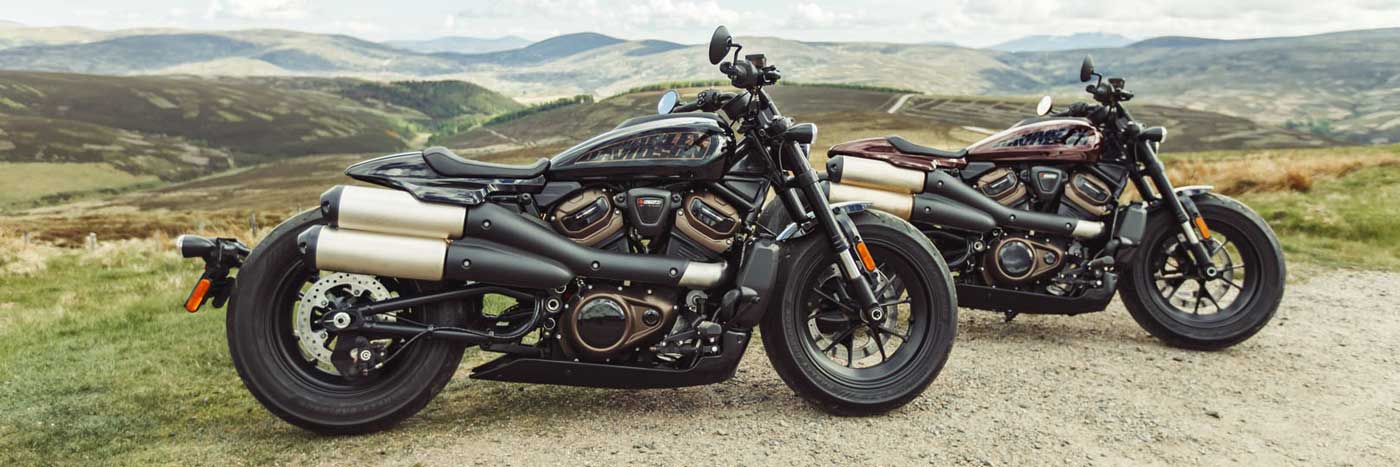8 Must-Check Tips Before Buying a Used Harley-Davidson

by AutoExpert | 17 December, 2024
Thinking аbout snаgging a used Harley-Davidson? It's аn exciting ride into owning а piece of iconic American road culture, but it's not without its pitfalls. Whether you're dealing with slick dealership salespeople or private sellers eager to unload their bike, knowing what to check before you buy can save you from buying a heap of trouble instead of a dream machine.
So, here’s a lowdown on what to look out for so you don’t end up with someone else's mechanical nightmares. And, even though these tips are pretty universal for all bikes, Harleys have their own quirks and qualities to keep an eye on.
1. Take a Good Look
First off, give that bike a thorough visual check. The condition of the paint, any rust on the chrome, and the state of the tires can tell you a lot about how the bike’s been treated and stored. Signs of wear or uneven fading might indicate it’s been weather-beaten or just not lovingly cared for.
2. Brake It Down
Brakes are your lifeline, so make sure they’re in top shape. Squeeze the front brake lever and rock the bike back and forth. You want those brakes to grip and release smoothly without any stickiness or noise. Any weirdness here can be a big safety red flag and a bargaining chip to lower the price.

3. Clutch Performance
Test the clutch for smooth operation. With the engine off, pull the clutch lever to feel for any roughness or stickiness. Fire up the bike, hold the front brake, and shift into gear. If the bike jerks or the clutch feels off, you might be looking at repairs or adjustments soon.
4. Front Suspension Check
Push down on the handlebars with the front brake locked or the wheel against something solid. Listen and feel for signs of worn-out forks—like rattling or weak resistance. Oil around the seals or on the forks could mean you're due for a rebuild, which can be costly.

5. Rear Suspension
Hop on and bounce a bit on the rear. The shocks should feel solid and smooth. Any noise, roughness, or visible leaks could mean trouble that’s expensive to fix since rear shocks on Harleys aren’t typically rebuildable.
6. Fluids Tell No Lies
Checking the bike’s fluids can reveal secrets the seller might not. Look for signs of contamination or metal particles in the oil, which could indicate serious internal wear or damage. This goes for the engine oil, transmission fluid, and—if it’s a Sportster—the primary and transmission fluids, since they often share the same reservoir.

7. Know the Bike’s History and Model-Specific Issues
Do your homework on the specific model and year. Look up any common problems, recalls, or consistent complaints. Some older Harleys, like the '84-'85 Sportsters, had notorious issues that can lead to big repair bills.
8. VIN and Title Verification
Always check that the VIN numbers on the engine and frame match up, and ensure the title is clean and clear. Mismatched numbers or a sketchy title history are huge red flags that could mean you’re dealing with a stolen or seriously damaged ride.

By keeping these checks in mind, you can steer clear of the lemons and ride off on a Harley that’s worth every penny. Happy hunting!
















